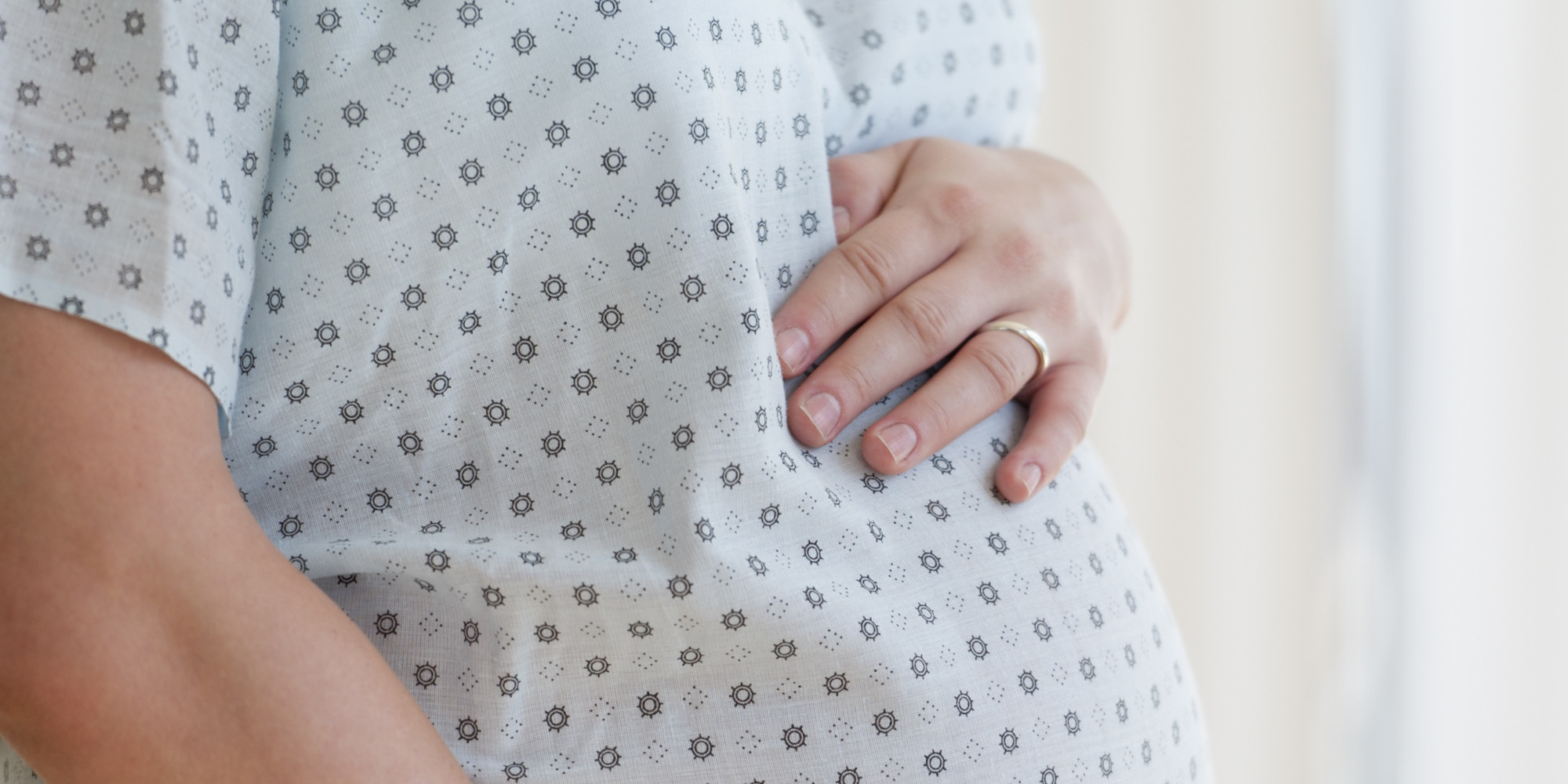
It was the news Jennifer Fontaine had been dreading: Her unborn child tested positive for a deadly chromosome abnormality. “When I got a positive result, it was very devastating,” said Fontaine.
Her then unborn daughter had tested positive for trisomy 18, a deadly chromosome abnormality. Half of infants don’t survive their first week of life, according to the National Institutes of Health.
“I researched online, and the things I was seeing, it was very upsetting,” said Fontaine.
“Women (like Fontaine) are being given troubling news or anxiety provoking news,” said Dr. Diana Bianchi, a medical geneticist and executive director of the Mother Infant Research Institute at Tufts Medical Center.
What’s even worse is that that news is often wrong.
“Ninety-six percent of the time the screening test was positive, but the fetus has normal chromosomes,” said Bianchi.
But a new screening test is promising to cut down on false positives. It’s a simple blood draw called a cell-free DNA test, where doctors analyze fetal DNA circulating in the mother’s blood. In today’s New England Journal of Medicine, researchers at Tufts Medical Center compared the DNA test to current screening methods with stunning results
“Only 3 percent of the women had a false positive result. But if you had a positive result, then there was a 45 percent chance that the fetus actually had Down syndrome,” said Bianchi.
According to the study, the new DNA test is 10 times more accurate than standard tests and safer, too.
“Fewer women are going on to have unnecessary invasive diagnostic tests (like amniocentesis),” said Bianchi.
In amniocentesis, a needle is injected directly into the womb.
“There is a small chance of miscarriage associated with amniocentesis,” said Bianchi.
Less than a week after her DNA screening test, Fontaine’s doctors gave her the good news.
“The results were negative … she was perfect. Her DNA was perfect. The chromosomes were fine,” said Fontaine. “We were ecstatic.”
On Dec. 17, 2013, Morgan Stephanie was born. She weighed 6 pounds and 4 ounces and was 100 percent healthy.
“She’s doing great. She’s hitting all of her milestones,” said Fontaine.
The DNA test is already available for high-risk pregnancies, but currently, insurance doesn’t cover it in low risk women. Bianchi said that may soon change as more studies come out confirming Tufts’ findings.
source: wcvb










 High waist circumference, severe obesity has been linked with the greatest risk of death in heart attack survivors, according to a research.
High waist circumference, severe obesity has been linked with the greatest risk of death in heart attack survivors, according to a research.